7-minute read
keywords: ethology, philosophy, psychology
The Virginia opossum is one of nature’s glorious weirdos. This North American marsupial will play dead when feeling threatened: she will fall over paralysed, eyes and mouth wide open, turn her tongue blue, drop her body temperature and heart rate, and, for good measure, drool, pee, poop, and excrete a foul-smelling green goo from her anal glands, all at the same time. “Playing” dead rather undersells it. Having just reviewed How Animals Grieve, this is the second of a two-part review exploring how animals experience and understand death, a topic studied by comparative thanatology. This young discipline sits somewhere at the intersection of ethology and comparative psychology, though associate professor Susana Monsó is instead a philosopher. With Playing Possum, she has written an exceedingly interesting book that is as accessible to a general audience as it is relevant to specialists. In the process, she convincingly argues that an understanding of death is likely very widespread in nature, but also that comparative thanatology has a whole lot of growing up to do.
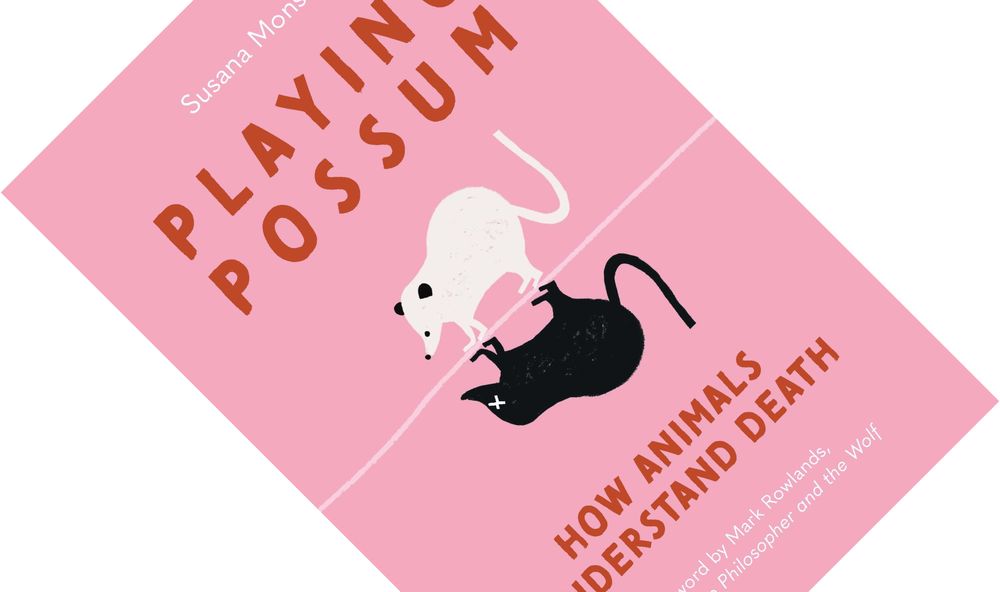
Playing Possum: How Animals Understand Death, written by Susana Monsó, published by Princeton University Press in October 2024 (hardback, 272 pages)
This book was originally published in 2021 in Spanish by Plaza y Valdés Editores as La Zarigüeya de Schrödinger. Monsó translated it into English herself, in the process lightly revising the book in response to peer review, editorial feedback, and developments in her thinking. As she points out, philosophers often drive friends and family up the wall by answering every question with a “Well, it depends”. As a consequence, the first half of the book is dedicated to preliminaries before the second half gets to the heart of the question. Though this may try the patience of the general reader, I implore you to stick with it; there are two good reasons for doing so.
First is that Monsó takes nothing for granted here, systematically exploring and defining everything you need to know. She makes good use of subheadings to structure what she apologetically calls a “possibly harsh, though necessary, journey through philosophical analysis” (p. 75). The question of whether animals understand death readily divides people into two opposing camps. Monsó instead shows that the matter is much more nuanced than that and her exploration is like a fractal pattern. At every layer down, further detail and complexity are revealed, all of it relevant to the argument she is building. What three types of arguments do we have in favour of animals possessing a mind? What three methods are used to study animal minds? What are the criteria for a minimal concept of death? Why is this a valid concept? What, even, is a concept?
Without reiterating all the answers, let me get straight to her working definition. Starting from a list of seven criteria used by child developmental psychologists to gauge understanding of death, she identifies two as minimally required: non-functionality (an understanding that the dead no longer show the mental and bodily functions of the living) and irreversibility (an understanding that the dead cannot come back to life). This, she adds, is a theoretical construct rather than an empirical reality. In real life, there are good reasons to think that two other criteria are present to some extent while the remaining three are optional, and some might only be present in humans. Much like Walter Veit did for animal consciousness, she subscribes to a gradualist picture of the evolution of animal cognition. Given our complex nature, she considers humans the worst place to start analysing a question like this; far better to take a bottom-up approach.
“Monsó takes nothing for granted here, systematically exploring and defining everything you need to know.”
The second reason I admire the preliminary section of the book is Monsó’s examination and critique of comparative thanatology, showing it has a lot of growing up to do. This part is incredibly valuable to professionals as she makes explicit the discipline’s unspoken assumptions and hidden biases. One concern is that, because death in nature is unpredictable and rarely observed, the published literature mostly consists of anecdotal observations. These are prone to misinterpretation, especially when it concerns a topic as emotionally charged—to us—as death. This raises another, valid concern of anthropomorphism, i.e. attributing to animals human qualities that they do not possess. But she flags up two other equally dangerous biases that get far less attention. One is anthropectomy, i.e. denying animals human qualities that they do possess (in Mama’s Last Hug, the late Frans de Waal spoke of anthropodenial; possibly he was not aware of this term). The other bias is anthropocentrism, which takes the human experience as the universal yardstick. Where thanatology is concerned, there are two flavours that Monsó explores and disarms. Intellectual anthropomorphism means that animals are said to understand death only if they have our concept of it, overcomplicating the question. Emotional anthropomorphism means that animals are said to experience death only if they have our emotional response to it. The latter shows in the discipline’s excessive focus on studying grief. This is where Monsó circles back to How Animals Grieve and King’s insight that grief is a useful indicator of strong affective bonds, including love. But is it a good indicator of a concept of death? A useful way of seeing these two books and topics, I think, is as a Venn diagram: there is an area of overlap, but grief and death do not necessarily always co-occur.
Having thoroughly prepared the ground, in the second half of the book Monsó delves into the question of how widespread an understanding of death is in nature. Three factors that she considers instrumental readily come together in animals. Given how common death is in nature, there are plenty of opportunities for first-hand experience. This is encouraged by the wide spectrum of emotions evoked by, and directed at, the dead. Lastly, the cognition required to understand that the dead are irreversibly non-functional is fairly unsophisticated and itself important for survival: animals are keenly attuned to recognizing whether something is alive. Scientists have already done much to document how these three factors come together to various degrees to shape how different animals understand death. However, much of this has focused on a limited number of social animals such as primates, elephants, and cetaceans. Surprisingly, the relationship between violence (prominently predation) and understanding death is largely ignored in the literature. She systematically takes you through the reasons why both perpetrators and victims of violence are aware that it can be lethal, and act accordingly to inflict or avoid it.
“Monsó’s examination and critique of comparative thanatology [shows] it has a lot of growing up to do”
In an exceptionally nice flourish that brings the book full circle, Monsó ends with the titular opossum. Thanatosis, or death-feigning behaviour, is far more elaborate than it needs to be to defend oneself against predators. Instead, it reveals more about a predator’s mind. Many do not desire dead and decaying food, thus certain prey species exploit a predator’s concept of death to deceive them. The fact that thanatosis has convergently evolved in very disparate taxa is another strong indicator that “the concept of death [is] ubiquitous in the animal kingdom” (p. 205).
Monsó’s argumentation is exemplary throughout and makes the book a fascinating and accessible read for a general audience. Simultaneously, she gives a thorough examination and critique of the discipline of comparative thanatology: of its biases and presuppositions, its knowledge base and knowledge gaps. That makes the book pertinent to professionals, both thanatologists and the wider community of ethologists and animal psychologists. In my view, writing a book relevant to such a broad audience is a huge achievement. Playing Possum can be filed right next to Peña-Guzman’s recent When Animals Dream as another example of scientists and philosophers collaborating to expand the list of biological capacities no longer exclusively human.
Both Barbara J. King and Susana Monsó were recently interviewed by the hosts of the WAMU 88.5 American University Radio show 1A as part of their Scientific Method series. You can listen to that 34-minute episode here.
Disclosure: The publisher provided a review copy of this book. The opinion expressed here is my own, however.
Other recommended books mentioned in this review:
__________________________________________________________________

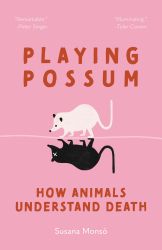
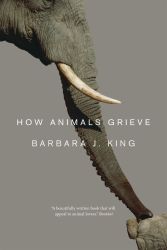
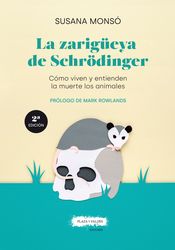
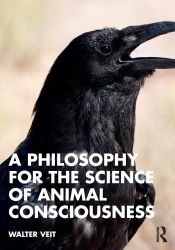
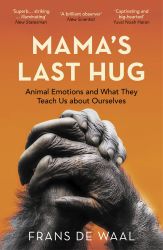
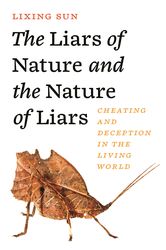
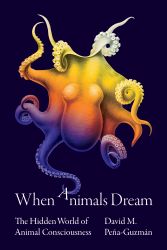
3 comments